Small city, big lens: The Zsigmond Vilmos International Film Festival concluded its 9th year of celebrating the art of cinematography
From intimate screenings to international exchanges, Szeged’s beloved film festival once again shone the spotlight on the unsung heroes behind the camera
What’s always heartening to hear at the Zsigmond Vilmos Film Festival is just how much the maestro’s name still resonates with film creators. No matter where they come from or how many years of experience they have under their belt, their faces light up at the mention of the Szeged-born Hollywood legend, whose body of work continues to inspire how stories are told visually, and whose name alone is enough to draw participation, in person or via submissions, from far flung corners of the world.
The 9th edition of this film festival, which is Szeged’s very own and much treasured, concluded over the weekend after five packed days of film screenings and conversations – organized and informal – around various aspects of cinema. This year, the festival moved back to its original spring slot, having taken an autumnal detour last October.
However, May, it seemed hadn’t quite shaken off its autumnal hangover – most days of the festival remained unseasonably chilly, lending a crisp quality to the festival air. And while that may have had an impact on the footfalls this time, the café outside Belvárosi Mozi, its 100-year-old home, and the festival corridors remained abuzz with chatter in between screenings.
A panoramic selection
True to tradition, the opening ceremony was held in the Zsigmond Vilmos Hall at the 100-year-old Belvárosi Mozi theatre, which was followed by a screening of the Cillian Murphy starrer Small Things Like These. A fitting choice to flag off the festival, the film – exquisitely shot by Frank van den Eeden – invokes a Dickensian atmosphere, as it explores Ireland’s notorious Magdalene Laundries, institutions that operated from the 18th to early 20th centuries, and were infamous for the abuse of “fallen” women under the hands of the Roman Catholic Church.
The rest of the festival lineup spanned a wide emotional and stylistic range, from intimate, hard-hitting documentaries to visually experimental and creative features and shorts. From Montenegro to Malaysia, Los Angeles to Mexico, all the way to Croatia, Georgia, Turkey, and Iran – the competition section was characterized by a diverse range of genres and geographies, alongside a strong showing from Hungary, the festival’s home turf.
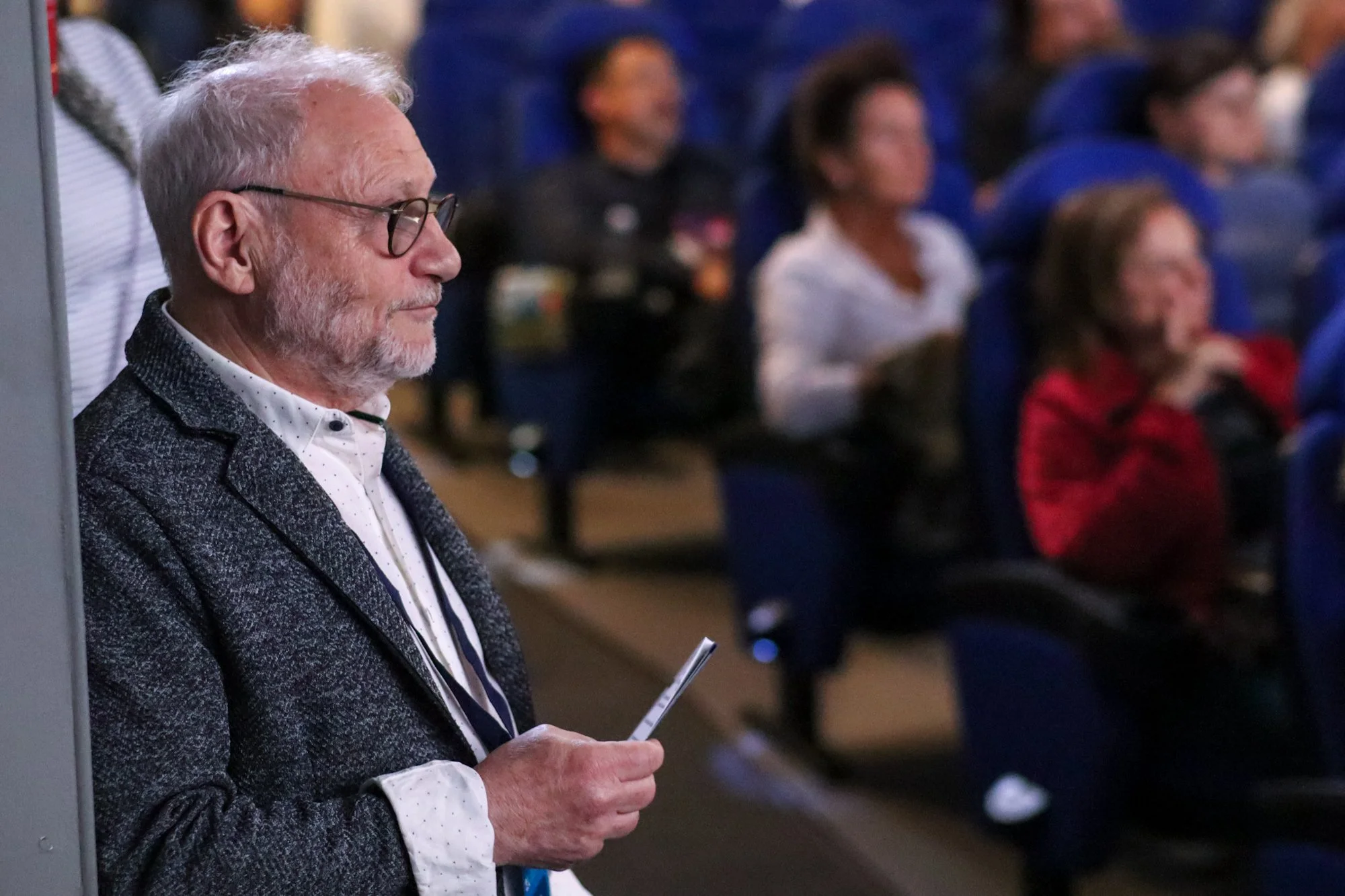

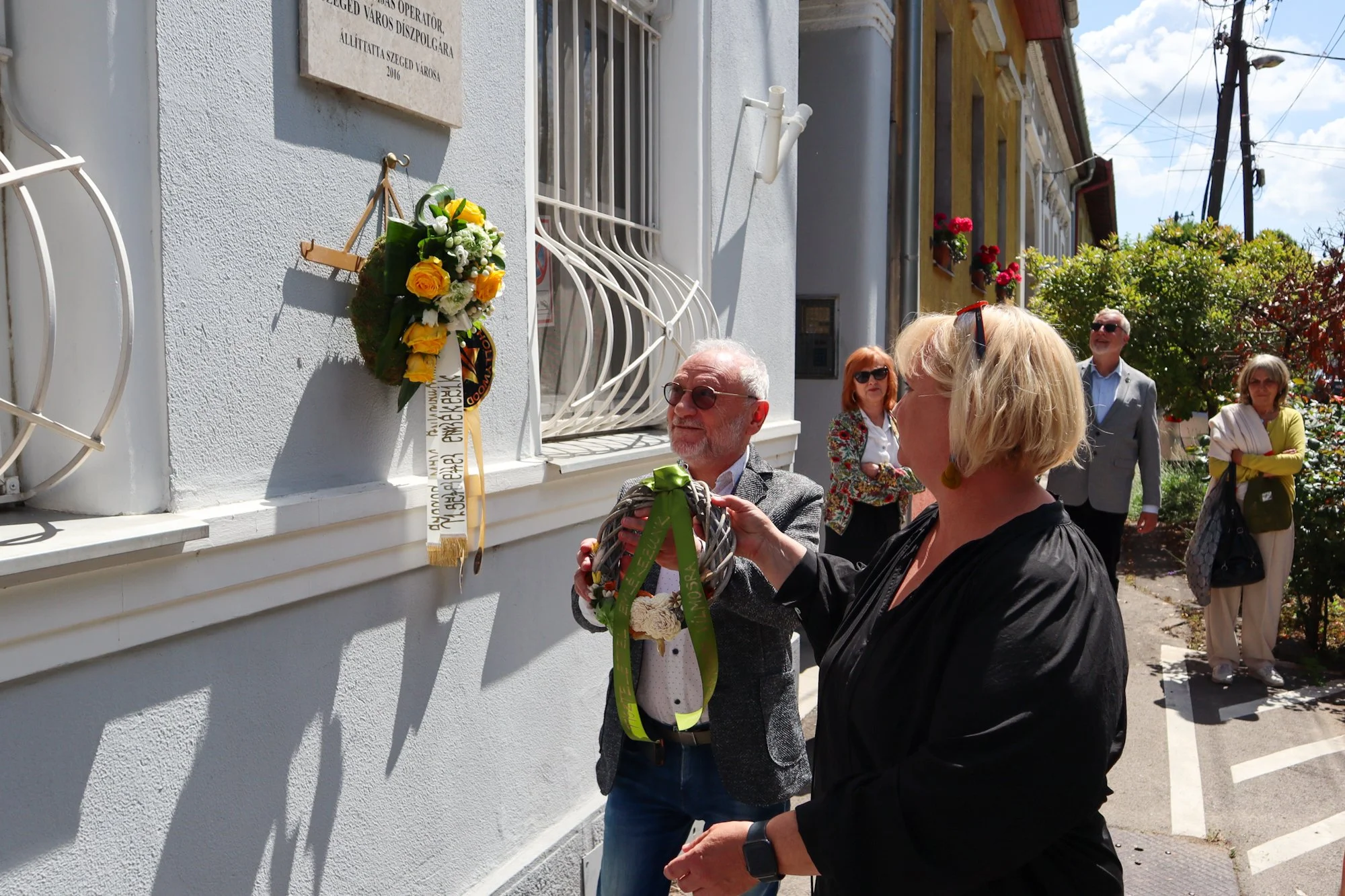
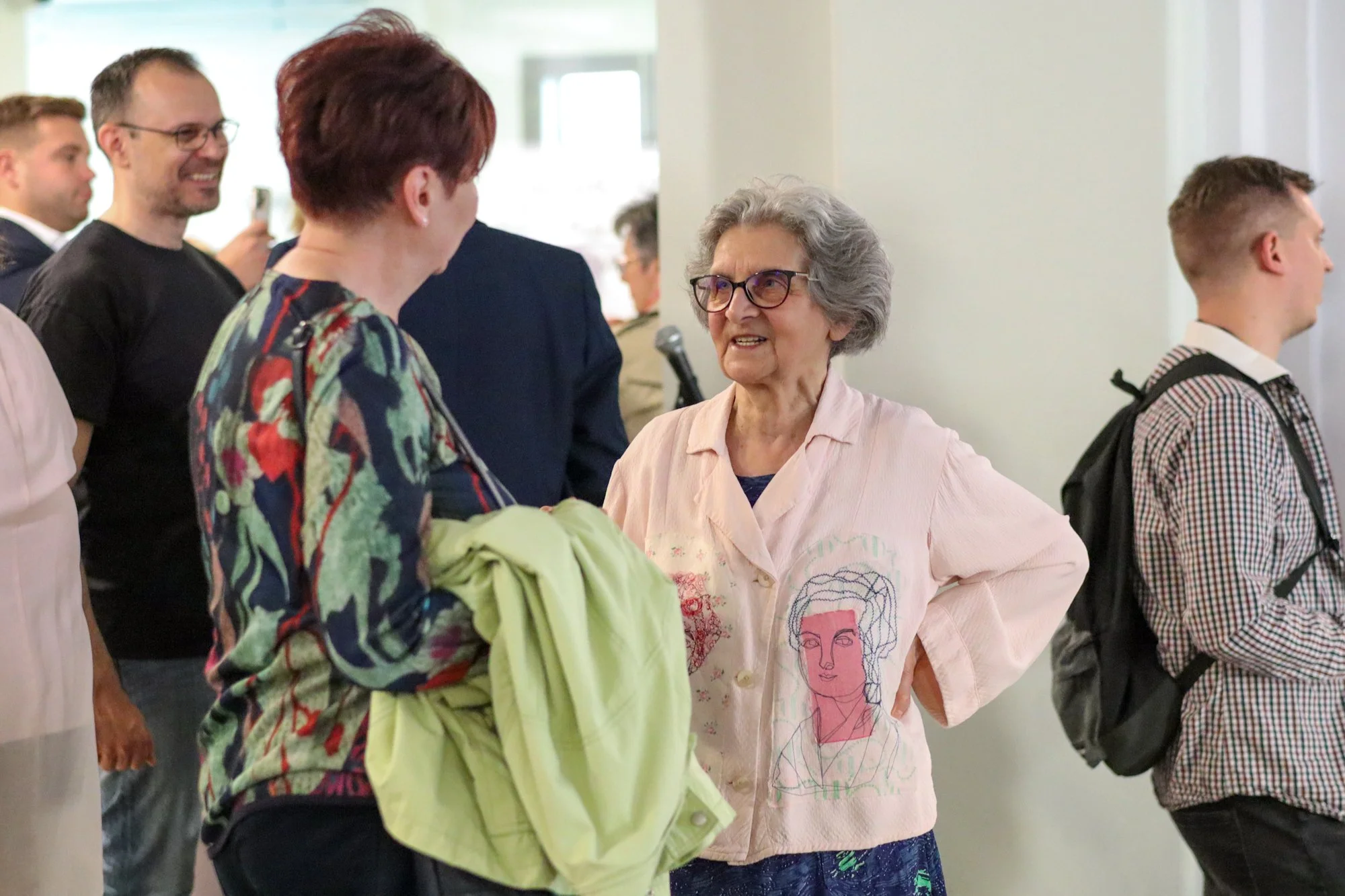
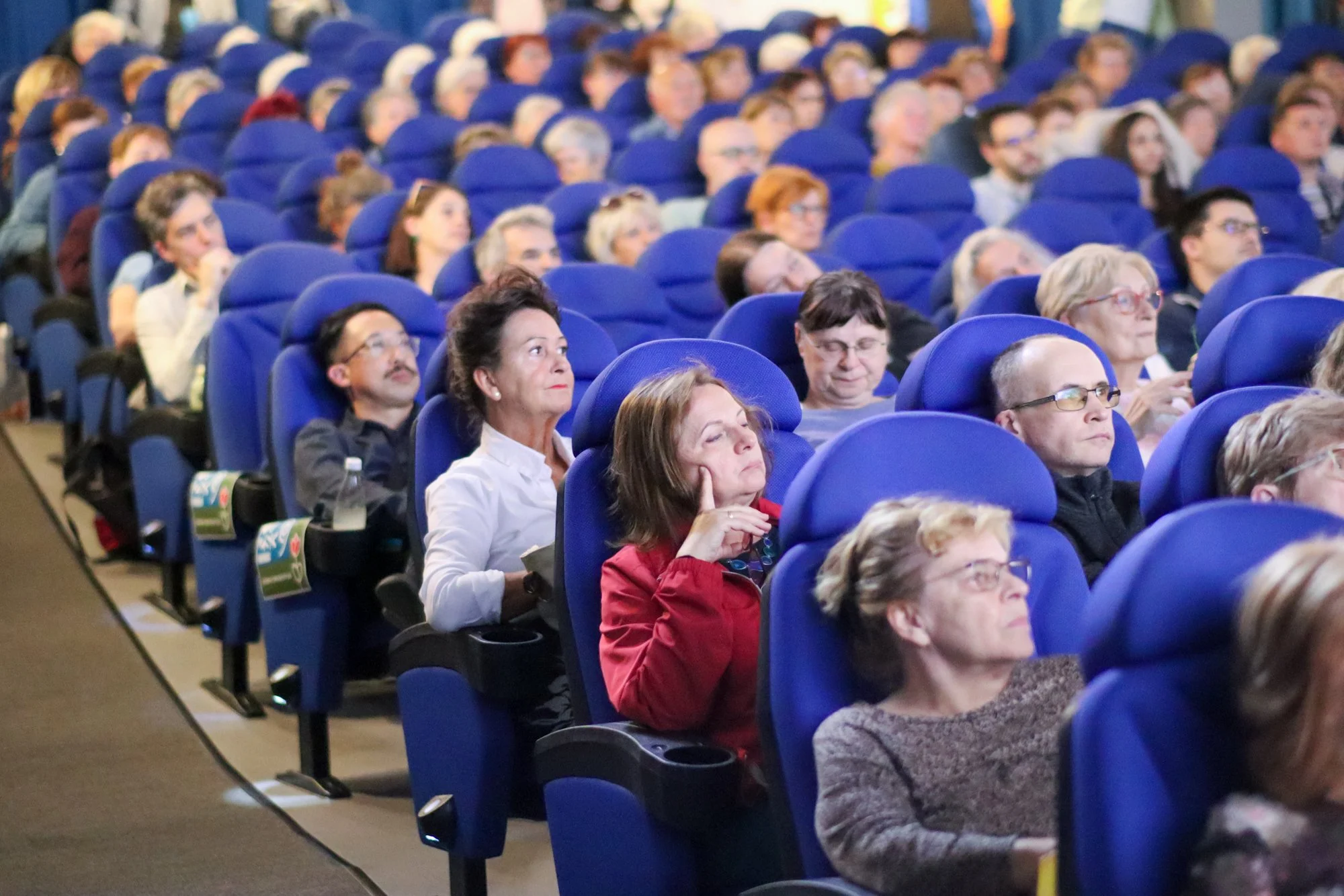
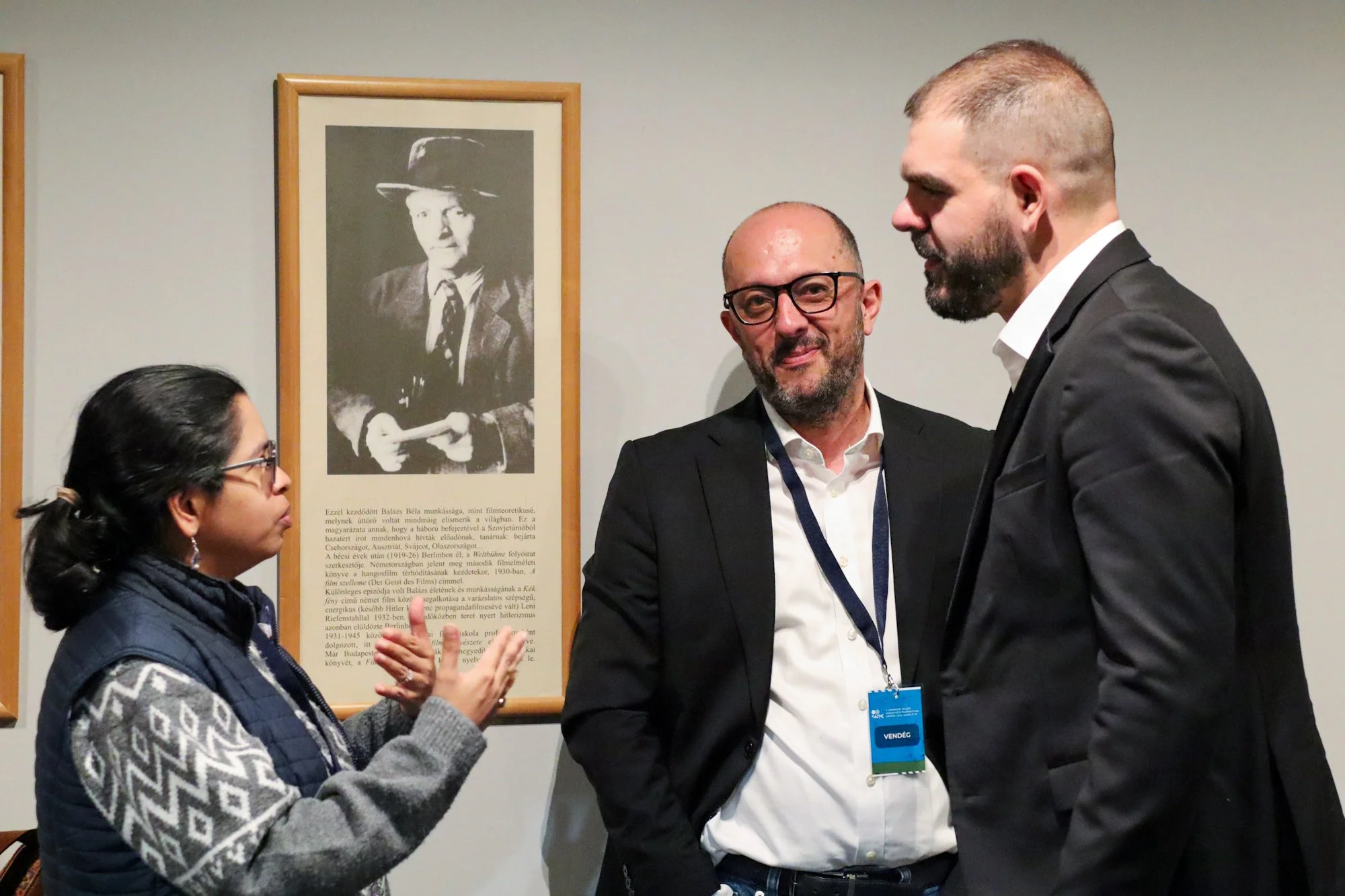

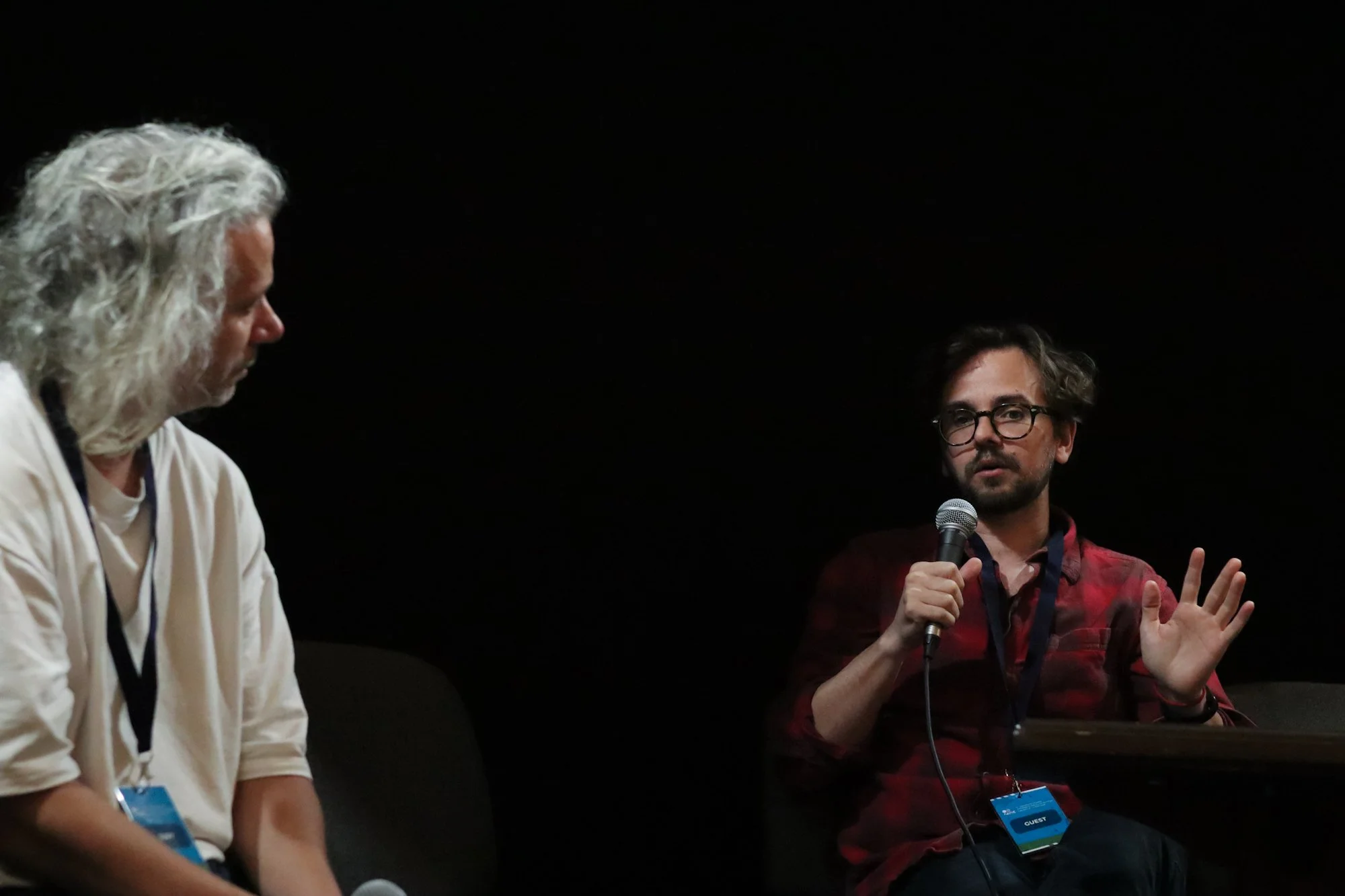
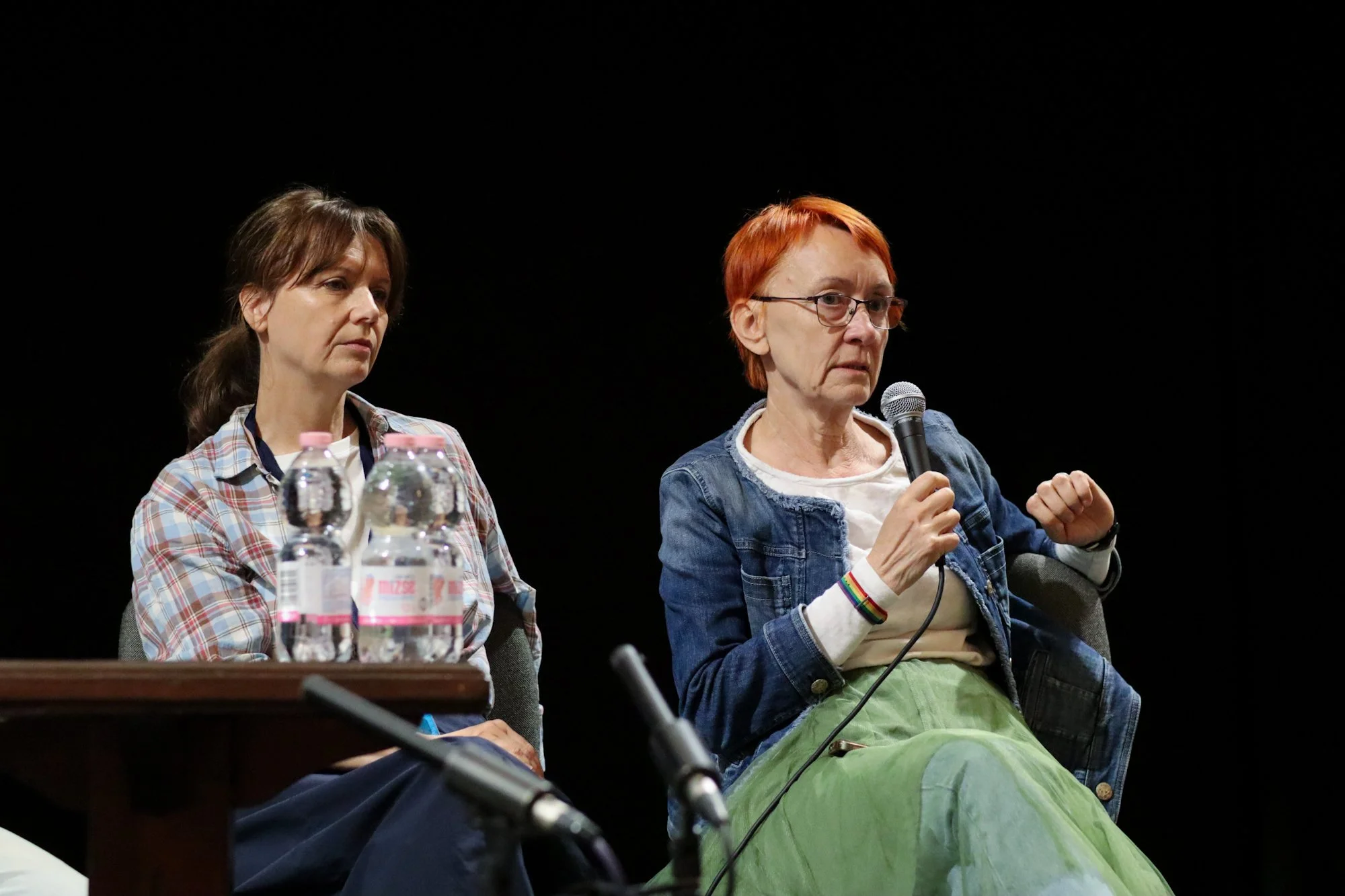
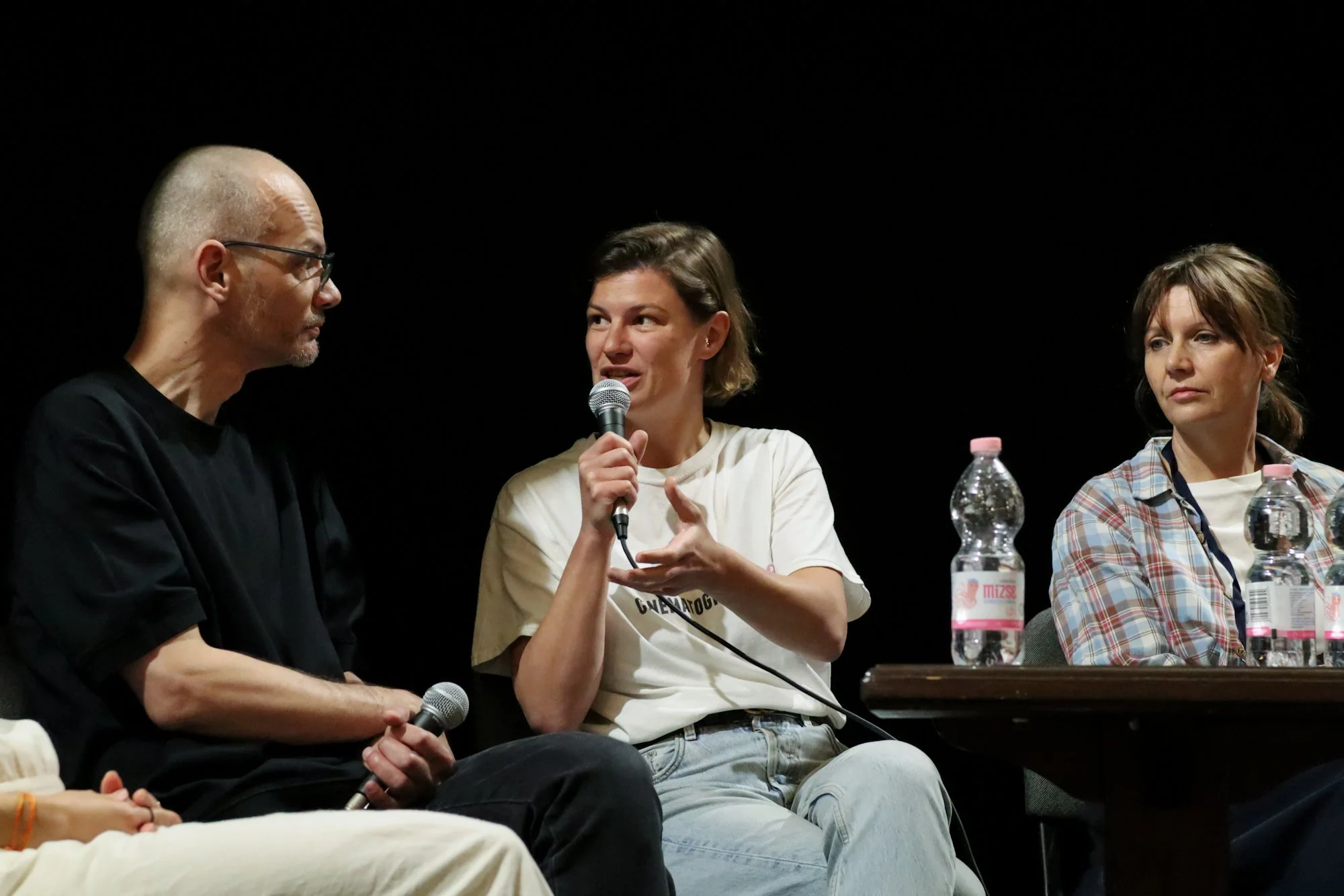
Breaking new ground
A landmark addition to this year’s festival was the introduction of the music video category in the competition section, something that Gábor Szabó, cinematographer and jury president, feels was long overdue.
“Usually, music is used to enhance a film’s story; here it’s the other way round, where the film expresses what the music is radiating. This genre is ripe for experimentation – many young film artists start their careers in this space, after graduating from film school. Yes, music videos are known to carry a commercial aspect, but I feel it’s important to showcase them on an artistic level too,” he says.
The new category drew an impressive number of entries for its very first outing. A self-admitted fan of iconic music videos by Queen and Michael Jackson, Gábor says, “They were making videos at the highest levels of filmmaking, in terms of budgets, techniques, and ideas. For me, a truly great music video is one where the visuals continue to play out in your mind even when you’re only listening to the music.” The newly minted category saw nominations from Argentina and Ireland, aside from Hungary, wherein the Szeged-based song Pogány Induló: One / Two bagged the award for best cinematography.
Around the world
Among the international feature films that played to packed audiences were The Tower of Strength (Montenegro), Holy Rosita (Belgium), Blackbird, Blackbird, Blackberry (Switzerland), Rosinante (Turkey), and Growing Down (Hungary), to name a few. Most screenings were followed by interactive sessions with the audience, wherein we got to hear fascinating backstories behind the creations.
Istanbul-based director Baran Gündüzalp’s film Rosinante (2023), which had a world premiere at the Tokyo Film Festival, received love at ZSIFF too. Speaking to Szegedify, the director said, “What brings me here is this festival’s commitment to the visual language of cinema, and it’s an honor to be part of something named after such a legendary cinematographer.”
The film, which tells the story of a family of three navigating the cost-of-living crisis in urban Istanbul, is a slow-burning, hard-hitting domestic drama that remains tender at its core. Baran adds, “The film tries to speak not just through dialogue but through light, texture, and silence. A cinematography-focused platform, therefore, felt like a natural and meaningful destination.”
Close-knit yet far-reaching
The intimacy of the festival appears to be a big draw for film creators who are otherwise immersed in the fast-paced, high-pressure world of global cinema. Hollywood-based cinematographer Gavin Wynn, whose portfolio includes widely recognized shows like Modern Family, Abbott Elementary, and It’s Always Sunny In Philadelphia, to name a few, applied in the competition section with an 8-minute, deeply personal short film based on his own mental turmoil after a health scare.
Titled Earworms Earmuffs, the film that was a literal one-man production – he wrote it, directed it, shot it at home, and performed in it – also earned him his first award, a Special Mention prize. Incidentally, this marked his first ever attendance at a film festival too, making the recognition all the more meaningful.
“Although I live and work in Los Angeles, my movie taste differs very much from the industry I am part of. I feel this festival is more aligned with my preferred aesthetic. I am eternally humbled and grateful for this award. To be honored by the members of this jury means so much, but more so to be included with all the films in this festival is something else,” he says.
He is furthermore appreciative of how the screenings were conducted. “One hears of instances where the jury watches films on their phones or in more casual environments. So, I really loved seeing the judges at the screenings watching the films with the rest of the audience. You can tell that they take it very seriously, and as a filmmaker, all you want is to be judged fairly,” says the cinematographer, adding that he’d love to return next year with a feature he’s working on currently.
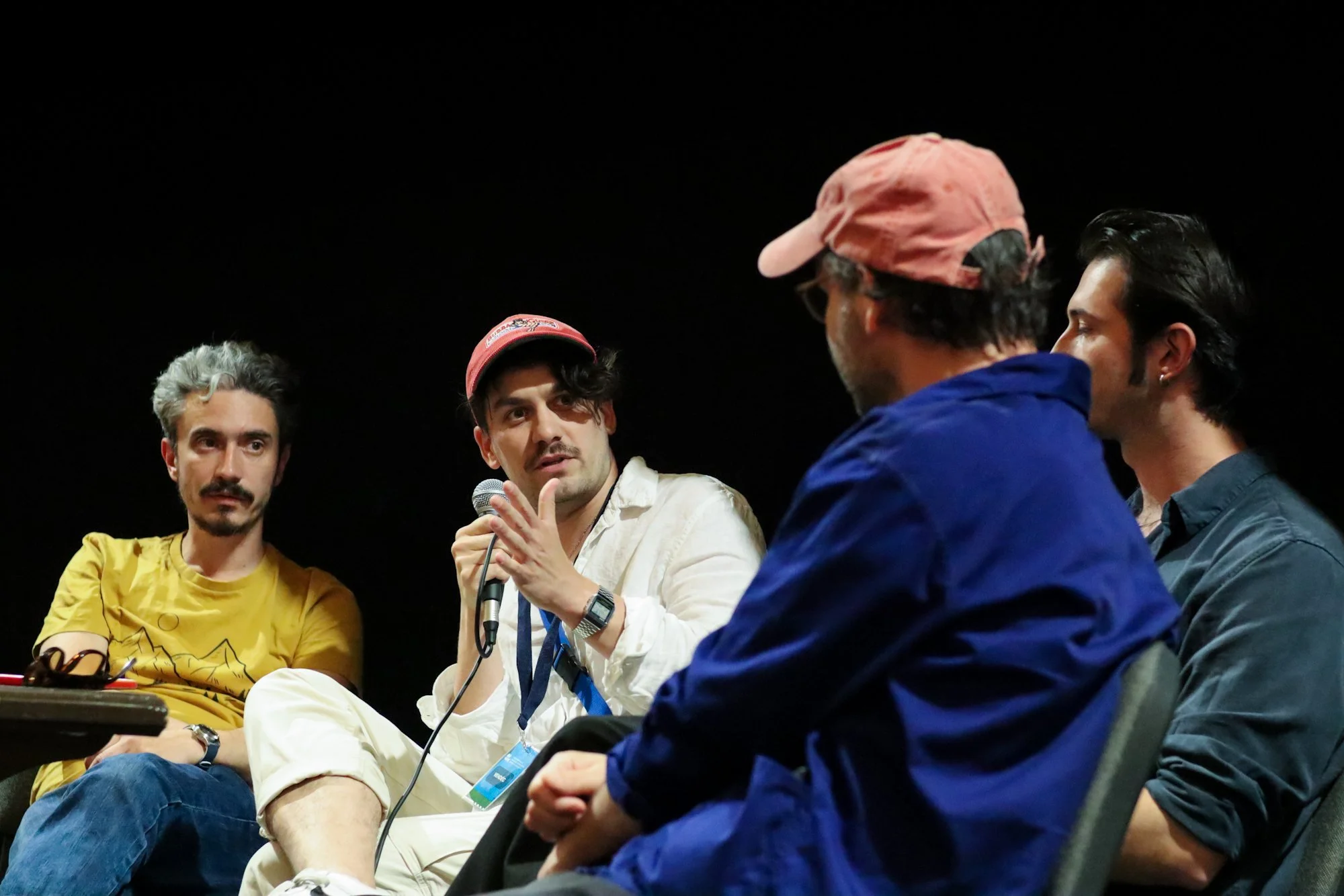

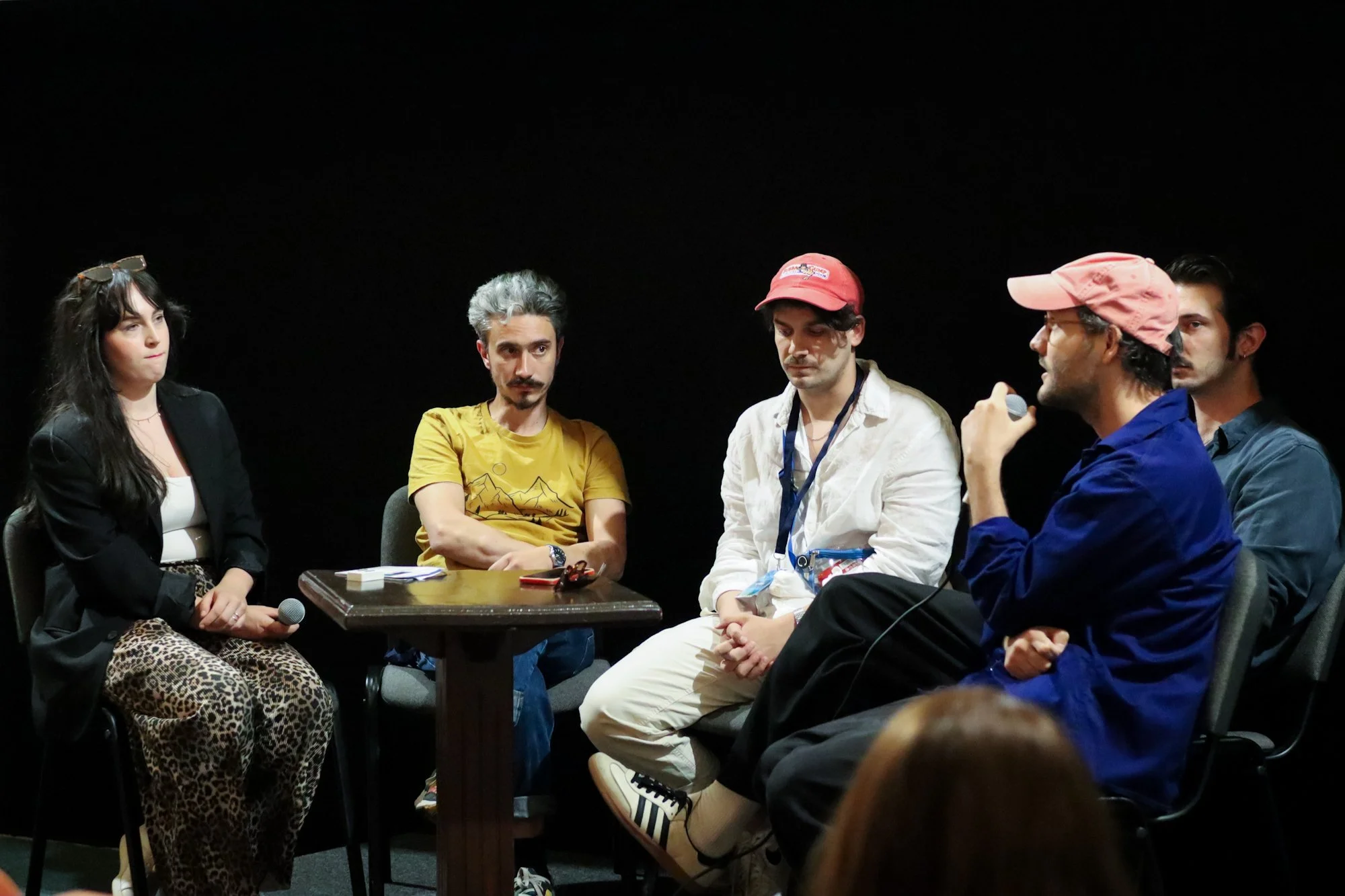
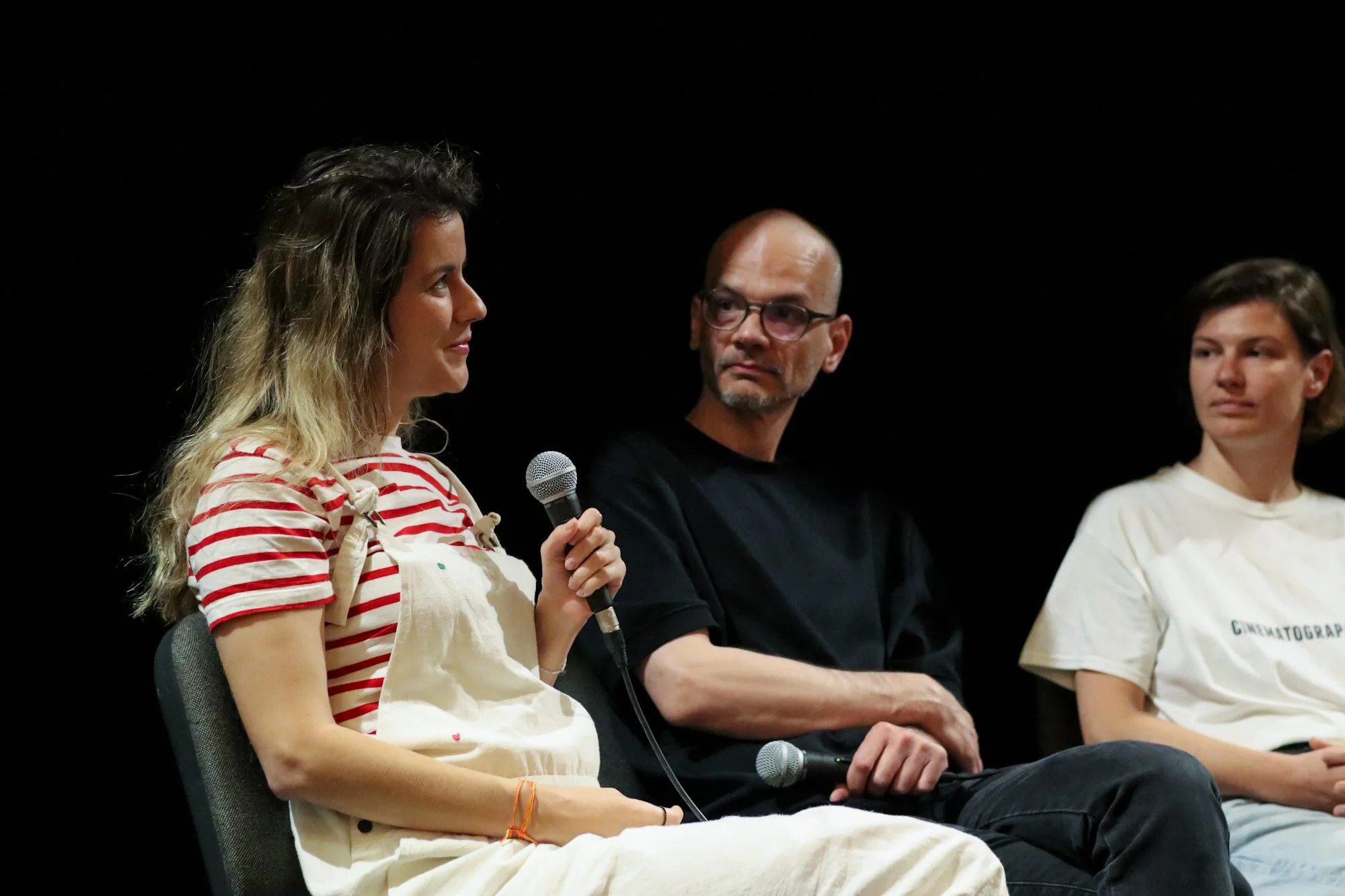

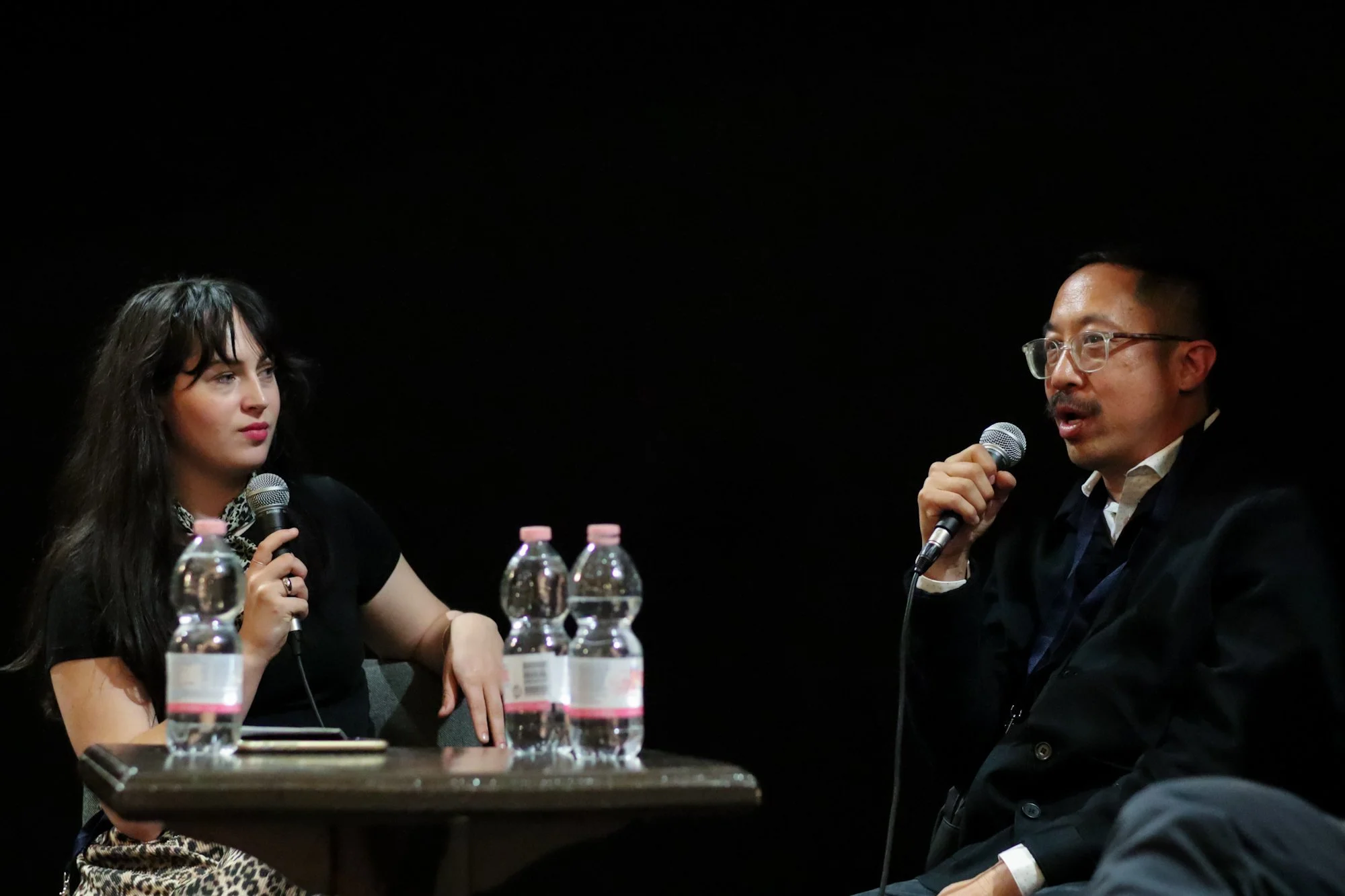

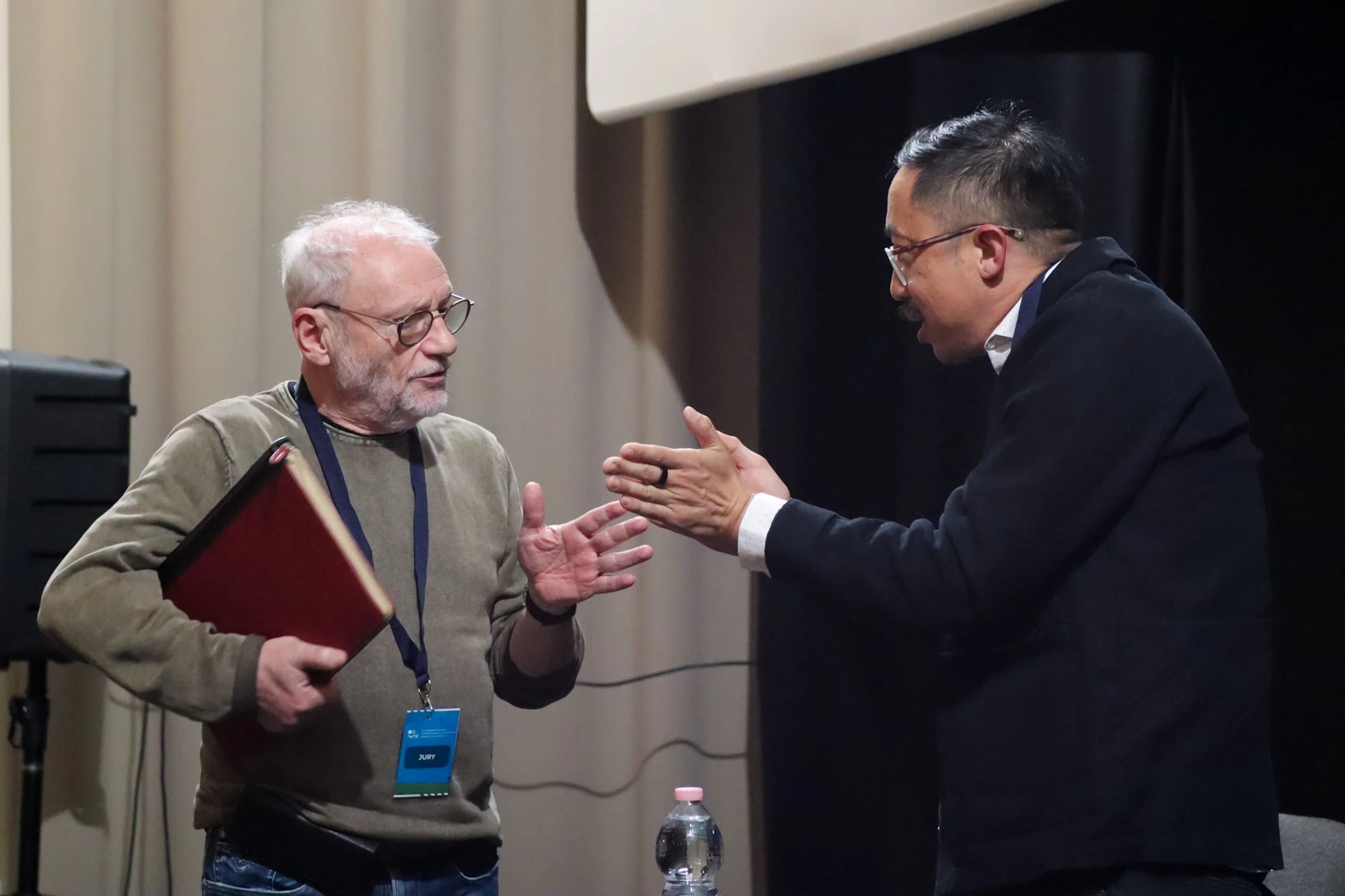
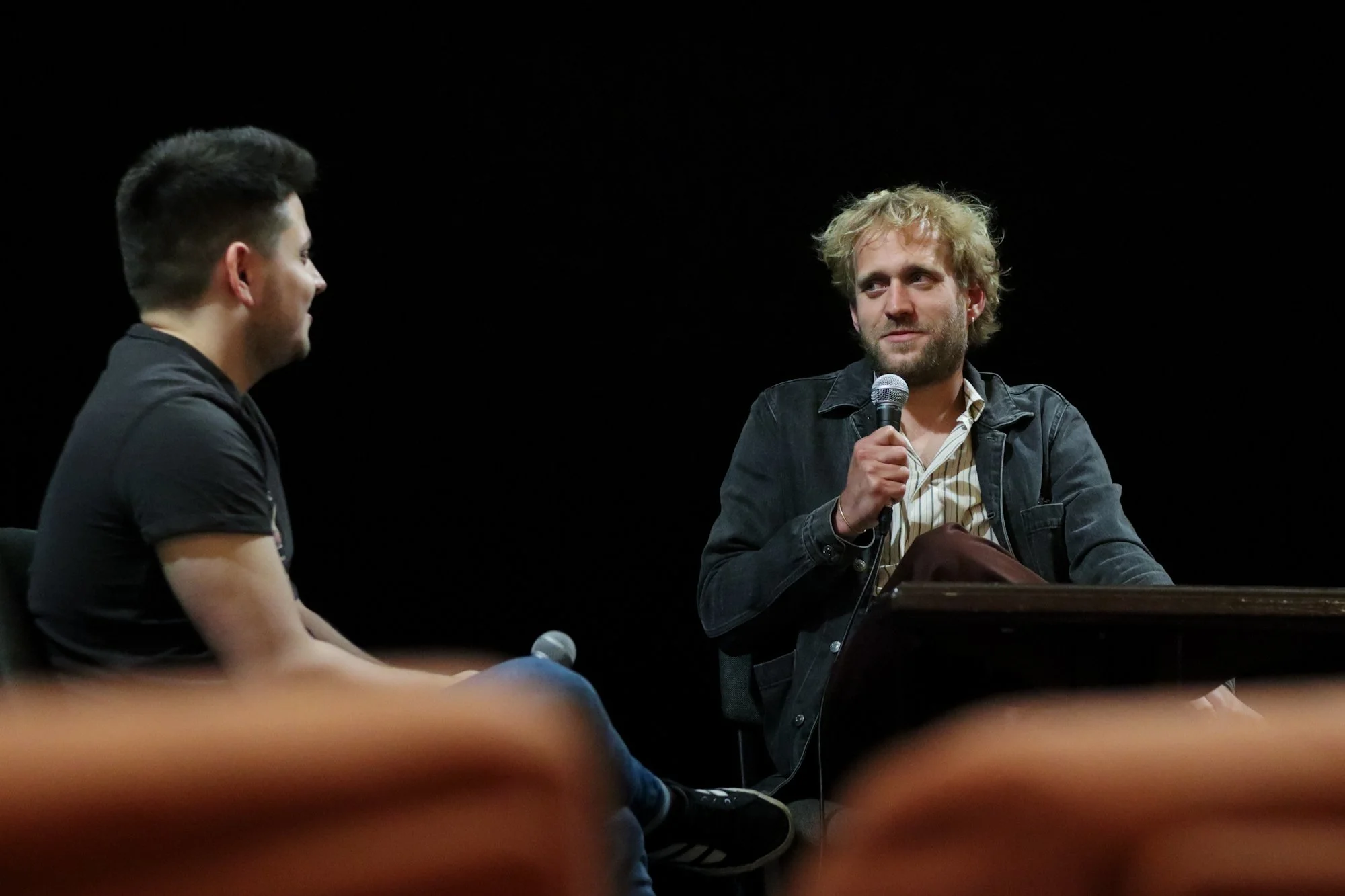
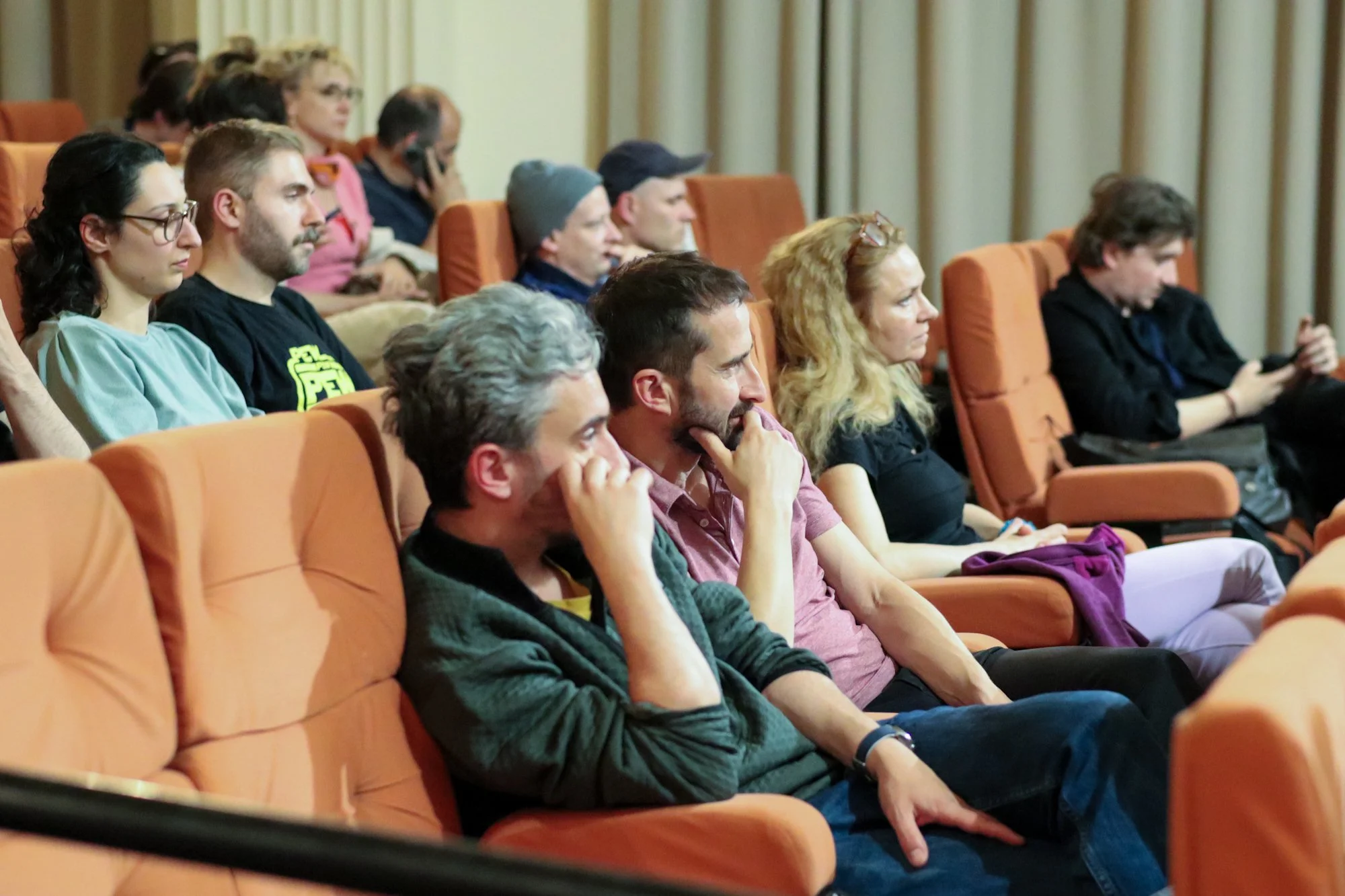
Hungarian-born Berlin-based cinematographer Agnesh Pakozdi, who also made her debut appearance at the festival, was honoured with two prestigious awards for cinematography for the film Blackbird, Blackbird, Blackberry, directed by Georgian filmmaker Elene Naveriani. The film, which premiered in Cannes Directors' Fortnight in 2023, is a quietly powerful portrait of a middle-aged woman in rural Georgia who embraces her solitude and sexuality on her own terms. Agnesh, who entered the film in the feature-length competition section, says,
“I am an international director of photography working in other countries; so, it’s very special to be acknowledged in my home country. I really admire Vilmos Zsigmond, and I was looking forward to attending a festival focused on cinematographers – we don’t get many chances. I really like small festivals because you have more time and more attention for each other.”
Applause and lasting impressions
On the closing day, after an arresting performance by Kifaru Drums, the winners were announced. This year, it was a documentary film that bagged the Zsigmond Vilmos Award for Best Cinematography - Natalia Mamaj and Lili-Rose Pongratz took home the top award for their work in Echoes from Borderland. The film, set in the Bosnian-Croatian border, explores how echoes of past wars intersect with the present-day refugee crisis, seen through the eyes of a 15-year-old Afghan girl and a 67-year-old Bosnian widow.
More honour in genre went to the Iranian filmmaker Hossein Fatahi for Penosar, which won the Best Documentary award for his insightful portrait of an elderly shepherd who paints scenes from nature on rocks and boulders in the mountains of Northern Iran.
In the fiction section, Holy Rosita from Belgium, another intense yet delightful exploration of middle-aged female sexuality and choice, took home both Best Feature prize as well as a Special Mention award from the critics’ jury.
Belgium also scored with Grobbendonk, which won Best Short Film for Grimm Vandekerckhove’s clever cinematography.
On home turf, Hungarian cinematographer Kristóf M. Deák took home dual honours too, for his feature film Growing Down, awarded by the Association of Hungarian Directors, and for his bold lens in the music video of Pogány Induló’s track One / Two.
Nearly 300 films from 52 countries were submitted this year, out of which the preliminary jury selected nine feature films, six documentaries, 14 short films, and eight music videos. Baran described this edition of ZSIFF as “incredibly intimate and artistically sincere.”
“The curation was strong, and the screenings invited engagement from the audience. What I appreciated most was the opportunity for real conversation, not just Q&As, but spontaneous exchanges with filmmakers, students, and cinephiles. Also, Szeged surprised me. There’s a kind of quiet dignity to the city, its architecture, the river, the trees.”
He hopes that future editions of the festival make room for more structured international networking and dedicated time for one-on-one filmmaker meetings.
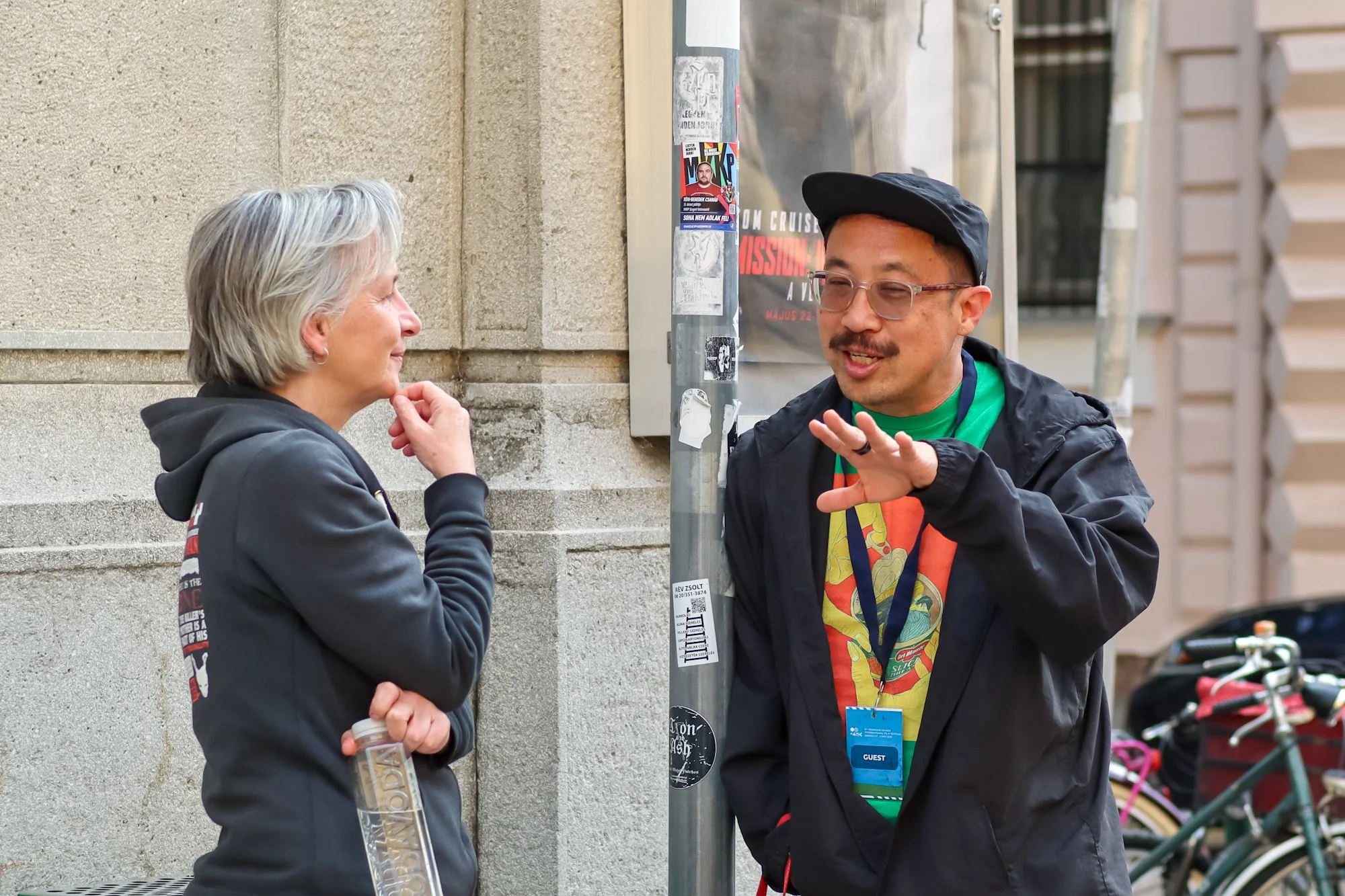
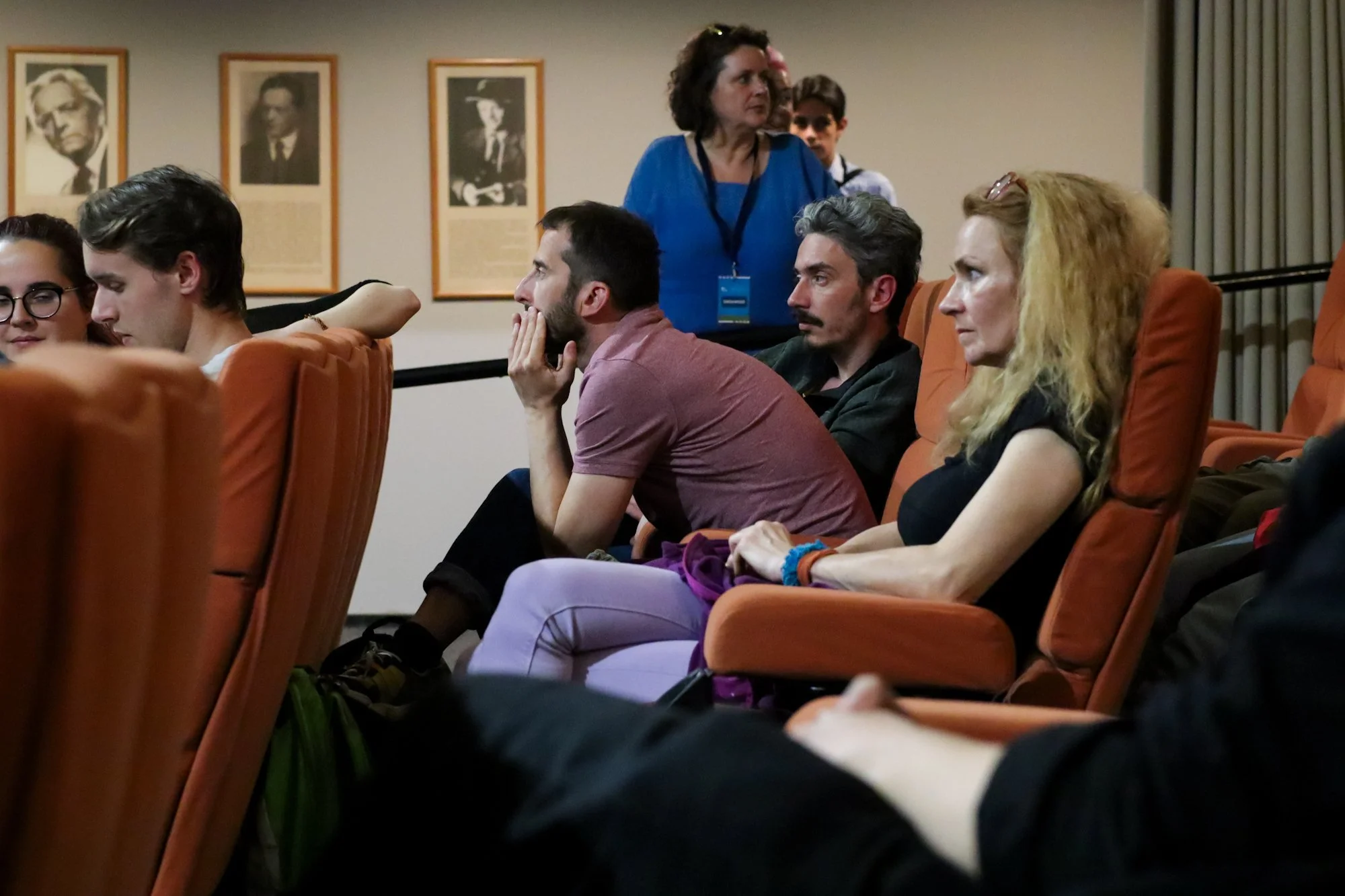



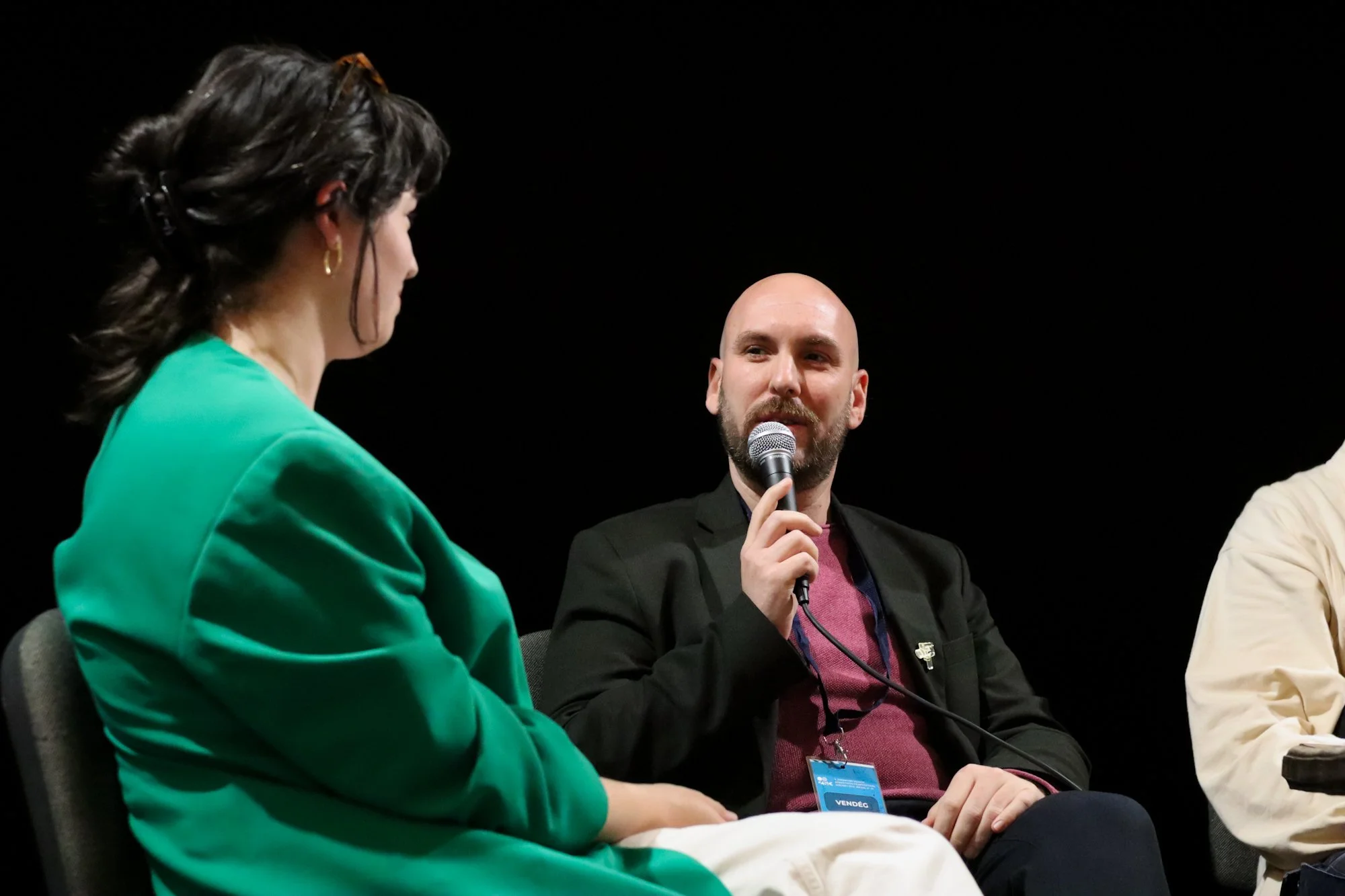


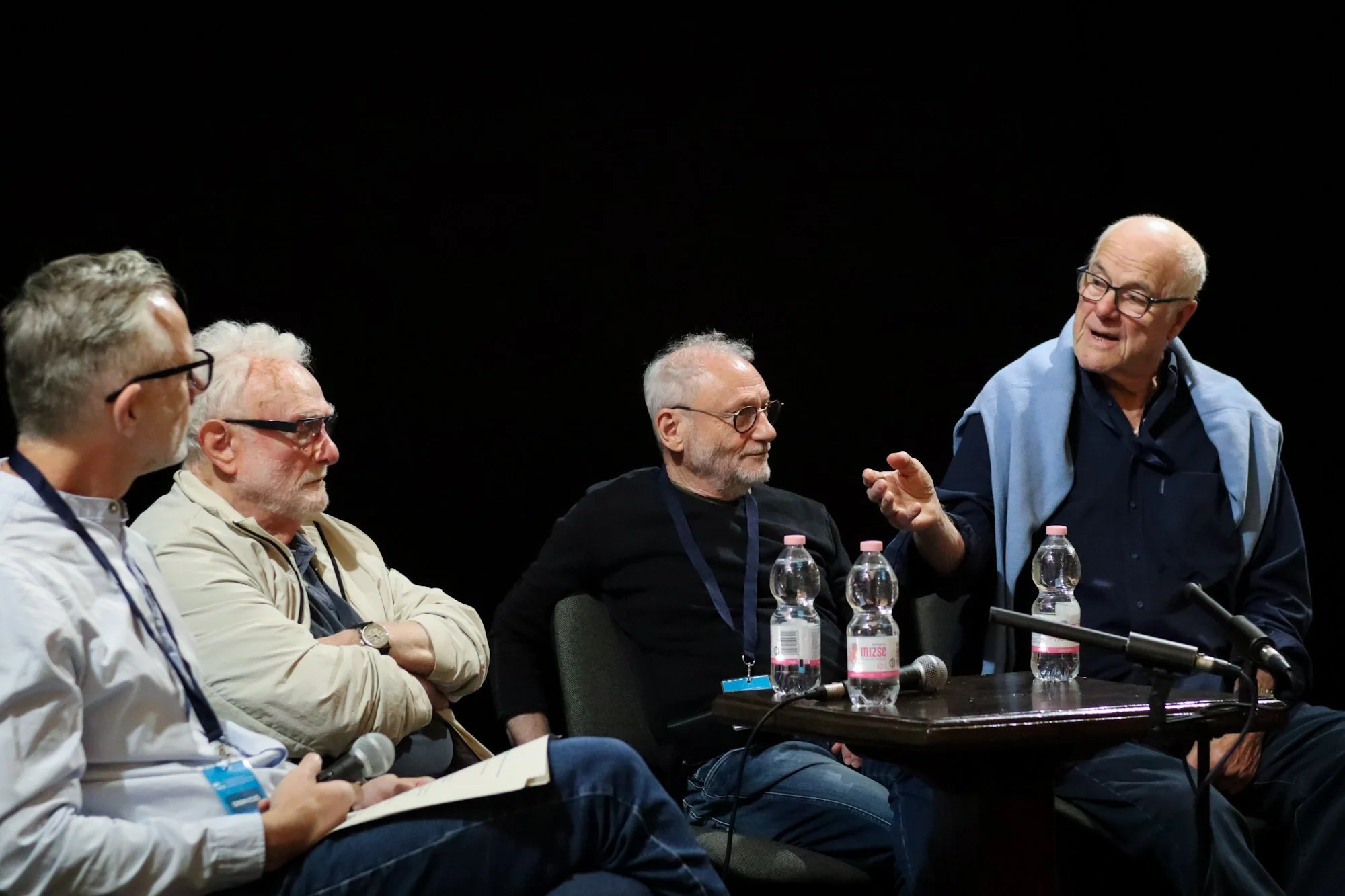
Agnesh echoes the sentiment. “I appreciate that it's a small festival, but I truly wish for it to get more spotlight, so that more international filmmakers come and experience it.”
Gavin, who is already looking forward to returning next year, shares, “My only exposure to Hungarian cinema was at this festival. The Béla Tarr and Ildikó Enyedi films I saw, I have nothing but great things to say. I do wish to see some kind of transcription or translation for the discussions that follow the Hungarian screenings. That would help the international audience better understand Hungarian cinema and the cultural context they’re embedded in.”
Photos: Szegedify / Szilvia Molnar
